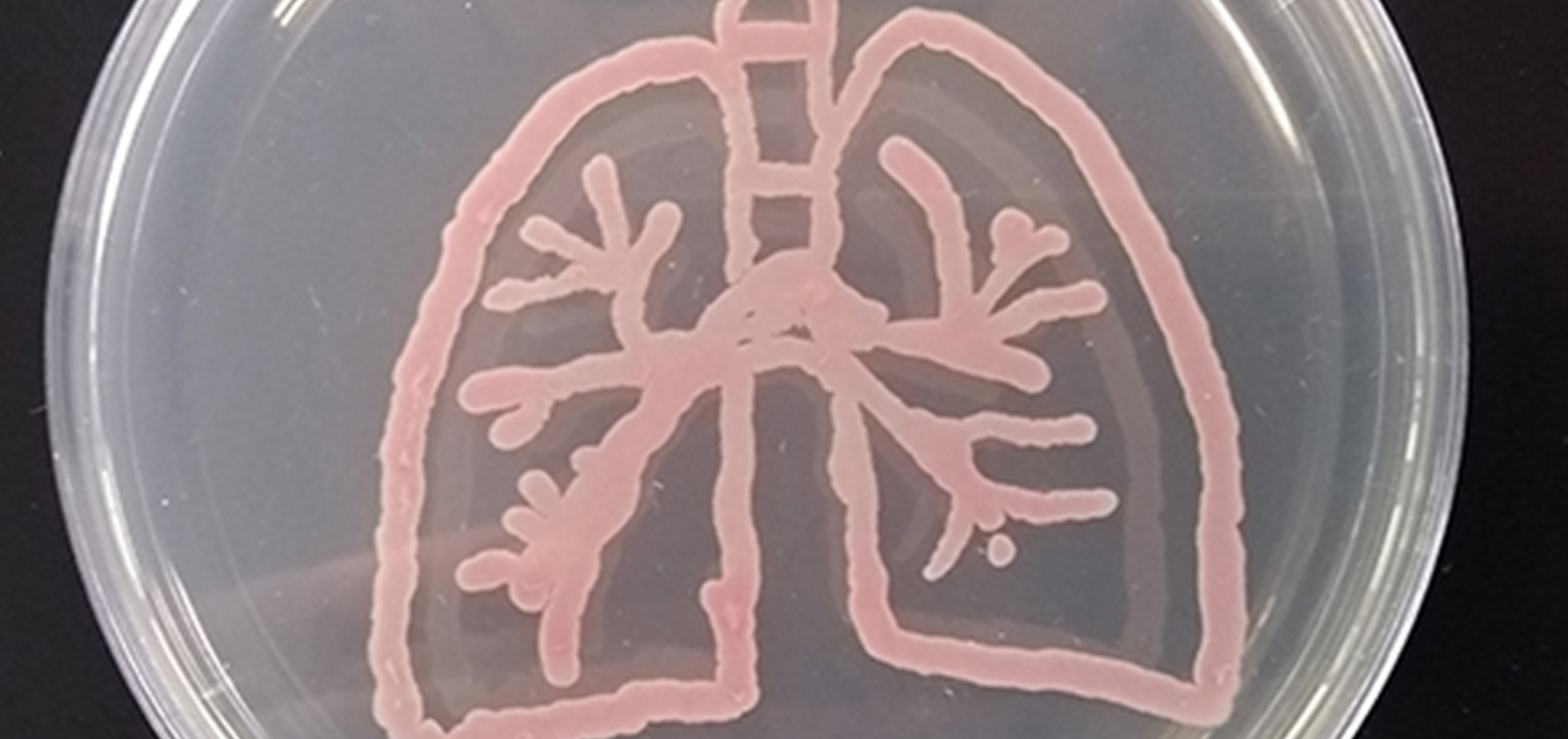
Art and science sometimes meet in mysterious settings—even in a Petri dish.
Kara Mosovsky, assistant professor of biology, assigned the students in her microbiology for health sciences course an unusual project—create a piece of art using three different types of bacteria that grow yellow, white, or red under given conditions. “The American Society of Microbiology organizes a national competition each year,” says Mosovsky of the inspiration for her assignment. “We didn’t enter the national contest but created a little competition of our own. Based on class votes, the creators of the top two pieces of agar art in each of two lab sections earned two bonus points each.” (Note: Agar is a substance used to grow bacteria in a Petri dish.)
The students had great fun, but the project also reinforced learning about bacteria and their growth. Depending on their vision for their art, students had to choose from four species of bacteria and take into account those species’ growth based on temperature. One species turns reddish pink when grown at room temperature (23 degrees Celsius) explains Mosovsky. “The other three species of bacteria preferred 37 degrees Celsius (human body temperature), which resulted in small white, small yellow, or large white colonies,” Mosovsky says. The students had to employ aseptic technique to prevent contamination between the species, and they needed to account for the size of the bacterial colonies as they grew into the intended image.
And the winners (in alphabetical order):
Mae Dienes ’21, the lungs
Logan Gober ’20, the ice cream cone
Alexa Hromyak ’21, the Moravian star
Hannah Maurer ’21, the face of a sloth